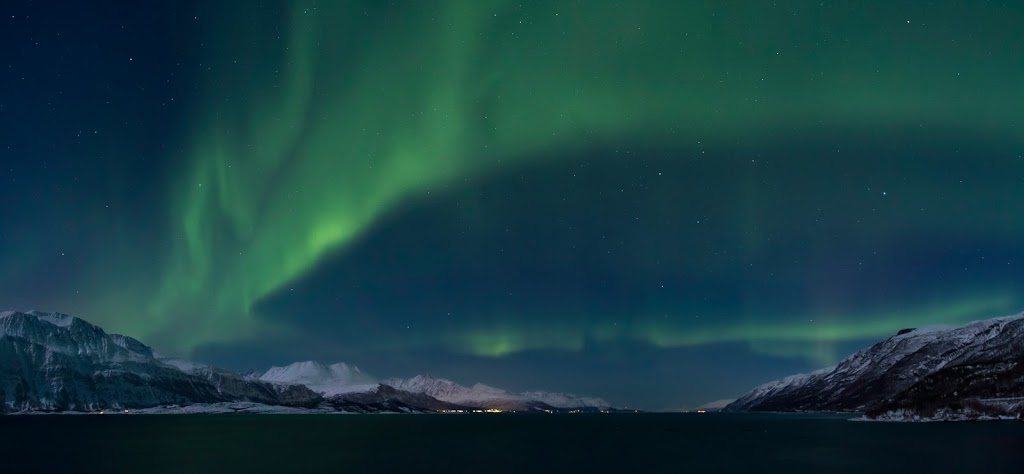Probably few of the phenomena of Nature so entirely charm and interest scientific and non-scientific observers alike as the Aurora Borealis, or ” Northern Lights ” as it is popularly called. Hence it is no wonder that the Aurora has always received a considerable amount of attention at the hands of scientific men. Aurora is a natural light display in the Earth sky that only appear in the lower polar regions. In the north, the display is called aurora borealis, or northern lights. In the south, it is called aurora australis, or southern lights.
The Northern Lights are actually a visible effect of Earth’s magnetic field interacting with charged particles from solar winds. So where do you find them? Anywhere north of Florida, really—the further north, the better your chances. However, even in places with minimal light pollution and far-north latitude, you won’t get to see these vibrant colors every night. In fact, they tend to appear most often during periods of high solar activity (such as during a Solar Max), or when there is an active sunspot on our star’s surface. That said, you can still enjoy their colorful splendor if you know when and where to look! Here are some helpful tips for finding out when and where to watch for auroras in your area. What time should I go outside?: If you want to catch a glimpse of aurora borealis, try to head outside between 10 p.m. and 1 a.m., local time.
The basic cause of Aurora is the collision between high energy particles from the sun with neutral atoms in our atmosphere. The sun’s corona is the outermost layer and the hottest regions of the sun that gives out charged particles of electrons and protons in a form of plasma. Those constant gales of plasma are known as “Solar Wind”, it travels 150,000,000 km to reach earth which is equivalent to 2-4 days. Once they reach the earth’s magnetosphere, most particles deflect away into space while some become trapped in a region of the atmosphere around earth called Ionosphere. It is centered around the earth’s geomagnetic poles. The ions of the solar wind collide with atoms of oxygen and nitrogen from the Earth’s atmosphere creating waterfall of particles that are following a magnetic field line. It often appears as curtains of lights, but they can also be arcs or spirals.
Different colors of aurora display depend on altitude and the kind of atoms involved. If ions mix with oxygen atoms high in the atmosphere, the interaction produces a red glow which is an unusual aurora. While the most familiar display, a green-yellow hue, occurs as ions mix with oxygen at lower altitudes. Reddish and bluish light that often appears in the lower fringes of auroras is produced by ions mixing with atoms of nitrogen. Ions mixing hydrogen and helium atoms can produce blue and purple auroras.
Those lights are visible almost every night and best seen in the clear night sky near the Arctic and Antarctic Circles, which are about 66.5 degrees north and south of the Equator. It is typically seen in the far north in the nations bordering the Arctic Ocean including Canada and Alaska, Scandinavian countries, Iceland, Greenland and Russia. But strong displays of the lights can extend down into more southernly latitudes in the Antarctic including Chile, Argentina, New Zealand, Australia and United States.
The lights of the Aurora generally extend from 80 km to as high as 640 km above the earth’s surface. Because the Northern Lights occur so high up in the atmosphere, they don’t pose any threat to the observers from the ground. The aurora itself is not harmful to humans but the electrically charged particles produced could have some potentially negative effects to infrastructure and technology.
![]()
